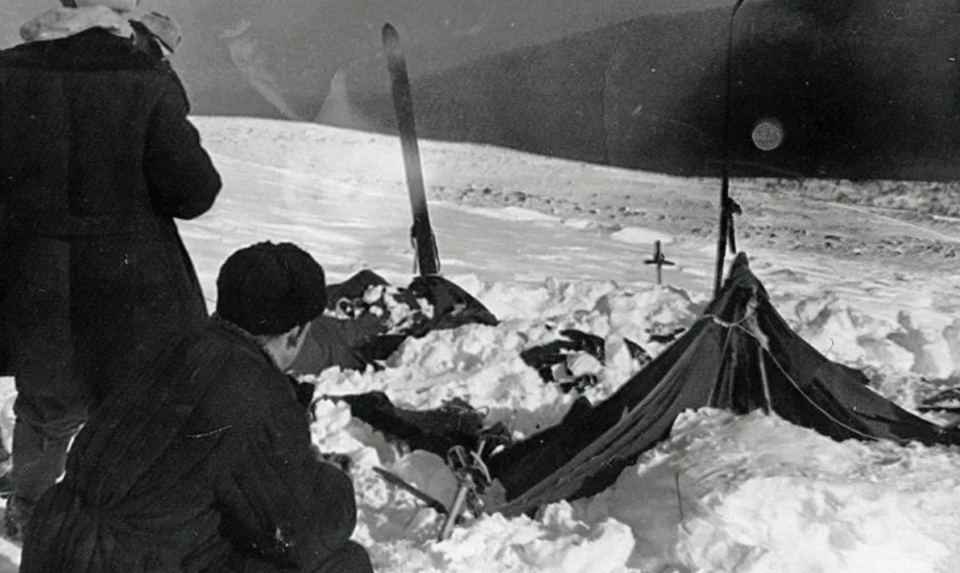In January 1959, nine young hikers embarked on a fateful journey through Russia’s Ural Mountains, aiming to reach a peak known as “Dead Mountain.” However, they never made it to their destination. After pitching their tents at the base of a small slope in the midst of an intensifying blizzard, with temperatures plummeting to minus 19 degrees Fahrenheit (minus 25 degrees Celsius), their lives took a tragic turn. It would take nearly a month for investigators to locate all nine bodies, scattered amidst the snow, trees, and ravines of Dead Mountain.
The investigation revealed a harrowing scene. Some hikers had succumbed to hypothermia, found half-dressed, while others suffered from broken bones, cracked skulls, missing eyes, and even a severed tongue. Their tent, seemingly slashed open from the inside, still held their neatly-folded clothes and half-eaten provisions. Despite these grim findings, the exact cause of the incident, named the “Dyatlov Pass incident” after one of the hikers, Igor Dyatlov, remained a mystery and gave rise to numerous conspiracy theories, including involvement from aliens and abominable snowmen.
However, a recent study published in the journal Communications Earth & Environment sheds light on a more plausible hypothesis. This study, led by Johan Gaume from the Snow and Avalanche Simulation Laboratory at the Swiss Federal Institute of Technology, suggests that a small avalanche, under unusual conditions, may have been responsible for the tragedy. While it doesn’t definitively solve the mystery, it provides scientific evidence supporting the avalanche hypothesis, dispelling some of the more fantastical theories surrounding the incident.
The research indicates that the angle of the slope near the hikers’ campsite was steeper than previously thought, making it conducive to avalanches. The presence of a grainy, icy base layer in the snowpack could have facilitated a slab avalanche, even on a slope with a 28-degree incline. Additionally, strong winds gradually depositing more snow on top of the slope could explain the delay between the campsite’s construction and the avalanche.
This study helps clarify the Dyatlov Pass incident, emphasizing the human aspect of the tragedy and the hikers’ remarkable courage and friendship in the face of a brutal force of nature. While it doesn’t provide all the answers, it offers a more grounded explanation than some of the more sensational theories that have surrounded this enduring mystery.

